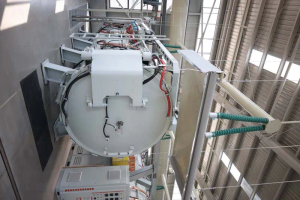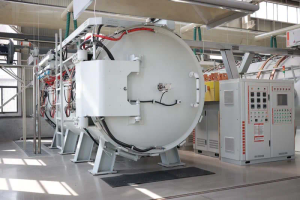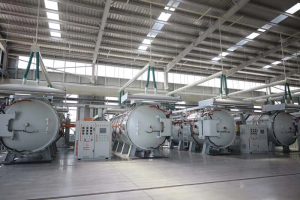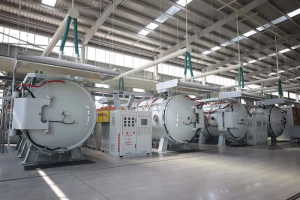Contribution of Pump Technology to Energy Saving and Emission Reduction
Pump technology plays a critical role in energy conservation and emission reduction across various industries. The advancement of pump technologies has significantly contributed to achieving these environmental goals by improving energy efficiency, reducing operational costs, and minimizing greenhouse gas emissions. This article aims to explore the substantial contribution of pump technology to energy saving and emission reduction.
Pumps are essential components in almost every industry, including water supply, wastewater treatment, oil and gas, manufacturing, and agriculture. They are used for various purposes, such as transporting fluids, maintaining pressure, and circulating liquids. The energy consumption of pumps accounts for a significant portion of the total energy usage in industrial and commercial facilities. Therefore, enhancing the energy efficiency of pumps can lead to substantial energy savings and a significant decrease in greenhouse gas emissions.
### Energy-Efficient Pump Technologies
In recent years, significant advancements have been made in developing energy-efficient pump technologies. Variable frequency drives (VFDs), also known as adjustable speed drives, have emerged as an effective solution for improving the energy efficiency of pumps. By adjusting the motor speed to match the required flow rate, VFDs can reduce energy consumption and provide precise control over pump operations. Additionally, the integration of advanced control systems and sensor technologies allows for better monitoring and optimization of pump performance, further enhancing energy efficiency.
### Retrofitting and System Optimization
Another important aspect of the contribution of pump technology to energy saving is retrofitting existing pump systems and optimizing overall system design. Many older pump systems operate at suboptimal efficiency levels, leading to excessive energy consumption. Retrofitting these systems with energy-efficient pumps and control devices can result in significant energy savings. Furthermore, optimizing the overall system design by considering factors such as pipe sizing, pump selection, and hydraulic balance can lead to improved energy efficiency and reduced environmental impact.
### Renewable Energy Integration
The integration of renewable energy sources, such as solar and wind power, with pump systems has opened up new opportunities for energy saving and emission reduction. Solar-powered pumps, for instance, offer a sustainable solution for water supply and irrigation in remote areas without access to grid electricity. By harnessing renewable energy, pump operations can be powered with minimal environmental impact, contributing to overall energy conservation and emission reduction efforts.
### Efficient Water Management
Water pumping systems account for a significant portion of energy usage globally. With the increasing focus on water conservation and sustainable resource management, efficient water pumping technologies have become vital in reducing energy consumption and minimizing environmental impact. Advanced pump technologies, including high-efficiency centrifugal pumps and intelligent control systems, enable the efficient management of water resources while reducing energy requirements.
### Industry-Specific Applications
In various industries, pump technologies have been tailored to meet specific energy-saving and emission reduction objectives. For example, in the oil and gas sector, the adoption of high-efficiency pumps and advanced pipeline systems has led to considerable energy savings and reduced greenhouse gas emissions. Similarly, in the agricultural sector, the use of energy-efficient irrigation pumps and drip irrigation systems has contributed to conserving water and reducing energy consumption.
### Regulatory Standards and Certification
The development of regulatory standards and certification programs has played a crucial role in driving the adoption of energy-efficient pump technologies. Governments and industry organizations have introduced energy performance standards and labeling requirements for pumps, encouraging manufacturers to produce more energy-efficient products. Certification programs, such as the ENERGY STAR label for pumps, help consumers and businesses identify and select energy-efficient pump solutions, leading to increased market penetration of sustainable technologies.
### Conclusion
In conclusion, pump technology has made substantial contributions to energy saving and emission reduction across various industries. Through the implementation of energy-efficient pump technologies, system optimization, integration with renewable energy sources, and industry-specific applications, significant progress has been achieved in reducing energy consumption and environmental impact. As the global focus on sustainability continues to grow, the ongoing development and adoption of advanced pump technologies will play a pivotal role in shaping a more energy-efficient and environmentally sustainable future.



